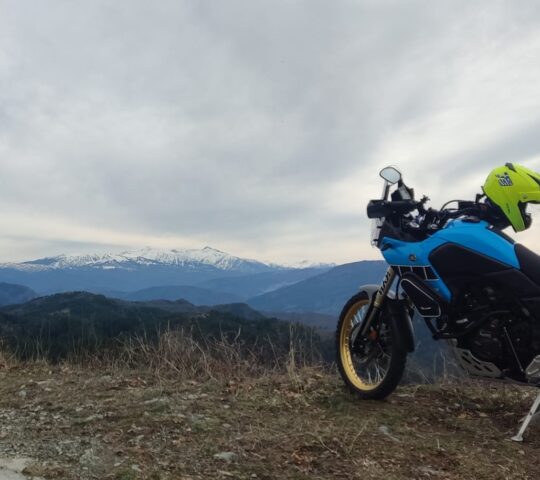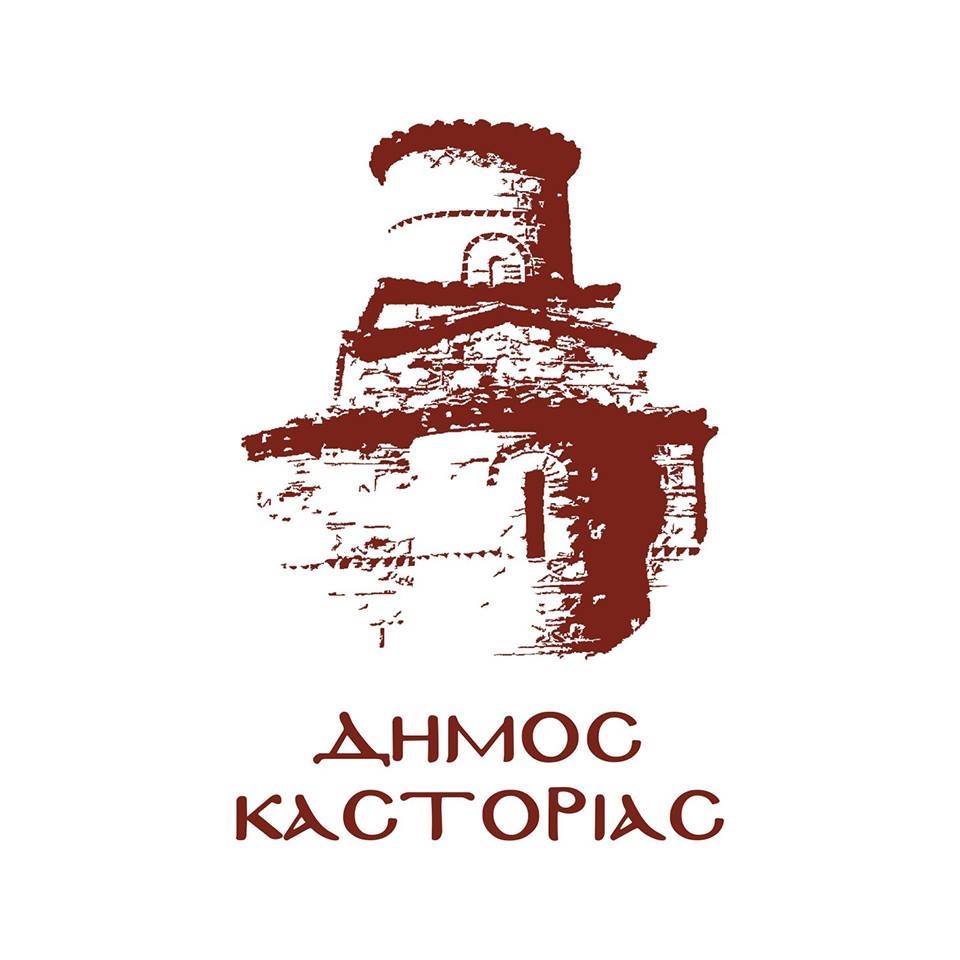Dragon Cave of Kastoria (Spileo Drakou)
Hightlight
-
 Parking
Parking
-
 Payment
Payment
The cave is located on the north side of the city at the 2nd km of the lakeside road Sougaridi and just before the Monastery of Panagia Mavriotissa. The entrance is about twenty (20) meters from the banks of the lake. Inside there are large land and lake sections with impressive stalactite decoration as it includes seven (7) underground lakes, ten (10) halls, five (5) corridors – tunnels. The largest room of the cave has dimensions of 45 x 17 meters with its central part elevated and its sides ending in lakes. The large lake of the cave, which is the deepest, is located to the west. The temperature inside the cave is constant all seasons at 16-18oC, while the humidity reaches 90%.
The cave is still active and continues to grow. Rainwater passes through the mountain openings and through limestone rocks and chemical reactions, stalactite is created. The cave dates back to 6 million years ago. The types of stalactites found in this cave are columnar, curtain, waterfall and tubular stalactites.
It is one of the most modern and safest caves in the Balkans, as it has sophisticated environmental control equipment and safety systems.
Palaeontological remains have been found inside the Dragon Cave, most notably the bones of a cave bear (Ursus Spelaeus). This species lived in Europe during the Pleistocene and became extinct about 10,000 years ago. It is so named because its fossilised remains are found almost exclusively in caves, where it apparently resided for longer periods of time, unlike the brown bear which only used caves during hibernation.
It is important to note that every necessary measure has been taken to ensure the safety of visitors and the interventions inside have been done in a way that does not compromise the natural state of the cave.
The existence of the cave does not seem to have been known until modern times. There is no mention of the cave in the written records of the Ottoman period, nor in the earlier historical accounts. It is assumed that the entrance to the cave was not visible until some time in the past due to the presence of alluvial deposits, but also because the lakeside route was difficult to access and could only be reached from the lake.
Amateur explorers from Kastoria, people with environmental sensitivities in the 1940s, at the time when the lakeside road was opened by General Sougaridis, were the first to discover and describe the cave of unparalleled beauty, and they came up with the first idea for its exploitation. At this time the myth about the “Dragon” of the cave is also recorded, hence its name.
All the planned works, in order for the cave to be open to visitors, as well as the landscaping of the surrounding area and the buildings that serve the whole operation of the cave, were carried out with mild methods of intervention, especially in the interior in order not to alter the rich stalactite decoration, while the external interventions have an architectural character that respects the local architectural tradition with the use of local materials in the facades, stone, wood and inlaid decorative ceramics.
The Dragon Cave opened its doors to the public on 13 December 2009 and was inaugurated on 29 December 2009.
Myth of the Dragon Cave of Kastoria:
“Many centuries ago the large cave located before the monastery of Mavriotissa was a gold mine and was guarded by a dragon that breathed and emitted flames and poisonous vapors from its mouth.
After the building of Kastoria (8th or 10th century) the first king Castor, wanting to entertain his guest brother Polydeuces and his father-in-law Kelli, priest of the god, revealed this huge cave. But the presence of the dragon prevented them from approaching the cave. Then the king promised great gifts to the one who would slay the dragon. A young strong man appeared. A fierce fight with the dragon ensued. Striking him with his spear, the surrounding rocks trembled and the waters of the lake churned. The monster was struck and floated dead upon the waters of the lake. They celebrated the event and thanks were offered to Pan. And then with their torches lit they proceeded to the cave with their heads bowed so as not to strike the stalactites. The depth stretched for miles and the atmosphere became stifling for lack of oxygen. At a place where the tunnel narrowed the torches went out and thick darkness gripped them all tightly. Then they heard an eerie voice say: ‘He who bends down to take a handful of the mud he treads on will repent’. The bravest ones stooped down and took the mud and filled their bosoms. The others were afraid and dared not take. When they came out into the sunlight those who were holding the mud were surprised to see that they were holding wet gold dust…”
This is how the folklorist D. Giannousis (Acropolis, 11-7-54) describes the tradition about the Cave of the Dragon.
Opening Hours:
Daily (Except Monday) Winter: 09:00 – 17:00
Daily (Except Monday) Summer: 10:00 – 18:00
















